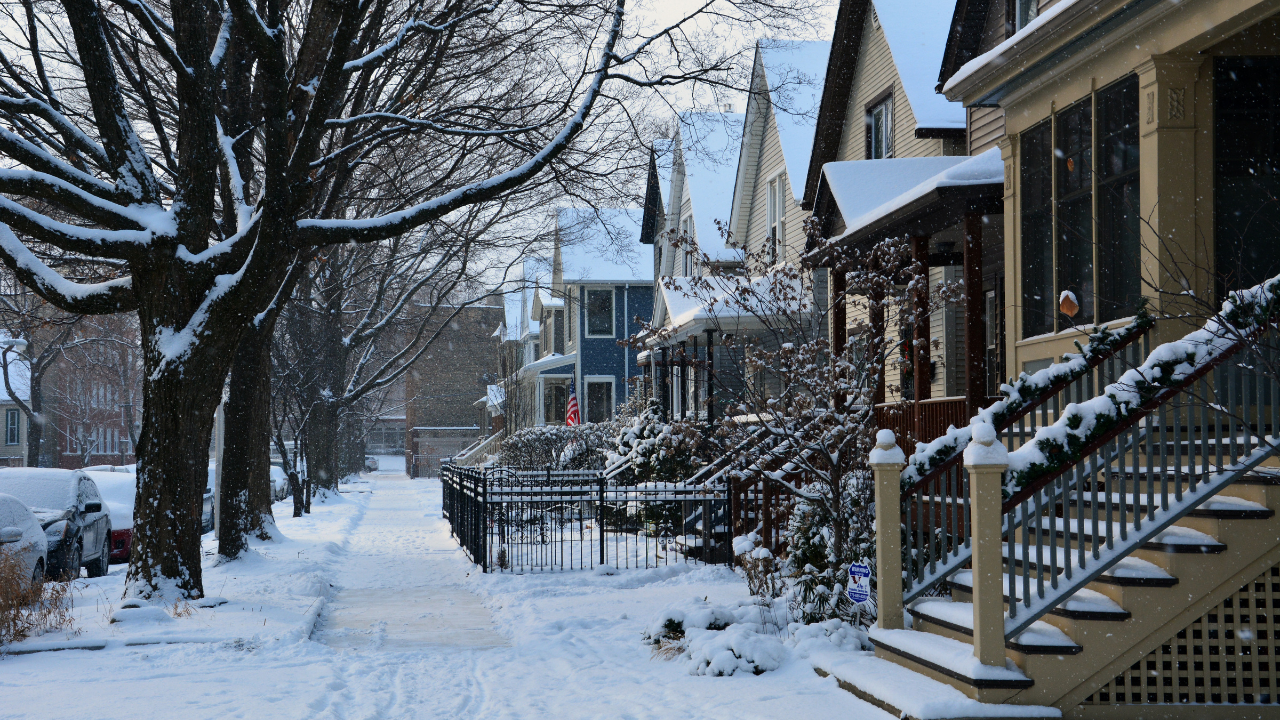Before the cold, snow and ice set in, fall is a great time to do some winterization projects on your home. Doing these things – like adding insulation to your house - prevents heat from escaping when the temps outside dip, in turn keeping your energy bill lower.
Winterization projects don’t have to be hard or expensive, and you’ll see a good return on your investment year after year. Consider these things this fall for your home.
Check your attic insulation
Attic insulation levels should be checked occasionally, and fall is a great time when temperatures aren’t as extreme. Attic insulation works like a cap, trapping heat inside. This increases comfort and efficiency in colder months, serving as a buffer against outdoor weather and temperatures.
Building codes change over time, so especially if you have an older home, you’ll want to make sure you have the correct R-value of insulation. Check the recommended R-value and get specifics on how much you might need, where to buy and more with our handy Insulation Calculator!
If you need more insulation, no worries! Attic insulation is especially easy because you (or a contractor) can add blown-in insulation like Attic Protector® or Climate Pro® on top of already existing insulation.
Consider the garage
While the garage might not be a place you and your family typically spend a lot of time, it can still impact the parts of your home that you do use regularly. When a livable portion of the home is over the garage, for example, you might see temperatures in that room fluctuate much more than in the rest of the home. Extra warm in the summer? Check. Chilly in the winter? Also yes.
By adding insulation to your garage, you’ll help the home it’s attached to. While you don’t have to fully insulate the garage, the better insulated it is, the better it will stave off hot or cold weather outside, making it slower to transfer that heat or chill to the home.
Insulation on exterior garage walls that will be left exposed should have a vapor retarder. The best choices for this type of application include kraft-faced or unfaced insulation with a separate vapor retarder film installed over the insulation or ComfortTherm® (which has limited distribution). Kraft-faced insulation cannot be left exposed and must be covered by gypsum board or another approved interior finish.
Check out this page, which has links to products as well as how-to guides for garage insulation.
Lower your energy bills and get a tax credit!
Certain energy efficiency upgrades in your home – like insulation! – are eligible for a federal tax credit through the 25C Energy Efficient Home Improvement Credit. But hurry, work must be completed by December 31, 2025, in order to qualify for the credit (which will expire at the end of the year).
Homeowners can get a tax credit for up to 30% of the cost of insulation materials installed, for a maximum of $1,200 each year. A tax credit is a direct reduction in the amount of income tax you owe, dollar for dollar. You’ll benefit from the tax credit, as well as the improved energy efficiency in your home.
Other home winterization
There are other simple winterization projects for your home that will help save money on winter heating bills. They work hand-in-hand with insulation to improve the overall efficiency of a home.
Weatherstripping around doors is an easy and effective update. Weatherstripping is the small piece of vinyl that lines the bottom of outside facing doors. If you can see light around the edges of the doors, you will benefit from new weatherstripping because it means that conditioned air is escaping through the gap. It only costs a few dollars and is easy to install.
Changing furnace filters is fast and simple. This will help your furnace run more efficiently. You can do it yourself, but if you haven’t had your furnace serviced in a while, it might be time for a professional to inspect and clean it, to make sure you don’t have any issues looming before the winter months.
Ready to take on a winterization project but have questions about insulation? Contact us or check out our homeowner insulation page.

